by: Kristin Tocket, CPC, QPA, QKA, TGPC
Following the lead of several other states, New Jersey implemented its own mandated retirement program: RetireReady NJ. This program went into effect on June 30, 2024, and is mandatory for businesses that have been established for at least two years, have more than 25 employees and do not offer one of the following types of retirement plans:
● 401(a) - Including a 401(k) plan
● 403(a) - Qualified annuity plan
● 403(b) - Tax-sheltered annuity plan
● 408(k) - Simplified Employee Pension plan (SEP)
● 408(p) - SIMPLE IRA plan
● 457(b) - Governmental Deferred Compensation Plan
Employers with 40 or more employees were required to comply by September 15th, 2024, while employers with 25 to 39 employees had a deadline of November 15th, 2024. To be in compliance, an employer must either implement the RetireReady NJ program by their respective deadline or certify their exemption here by visiting the RetireReady website (Employer Verification).
They will need their EIN and the Access Code provided in the notices mailed by the NJ Department of the Treasury. If an Employer did not receive a notice, or cannot locate their Access Code, they can retrieve it by visiting the
RetireReady website (Request Access Code).
It’s important that employers subject to the mandate certify their exemption in a timely manner. Businesses with 40 or more employees that do not comply by June 15th, 2025, or businesses with 25-39 employees that do not comply by August 15th, 2025, will receive a written warning from the NJ Department of the Treasury. Each subsequent year of non-compliance will result in the following penalties:
● 2nd calendar year: $100 per employee
● 3rd and 4th calendar year: $250 per employee
● 5th calendar year and any subsequent calendar year: $500 per employee
For more information on the state-mandated program and the advantages of adopting a qualified retirement plan instead, please refer to our article from August: RetireReady New Jersey: Ready or Not, Here It Comes!
